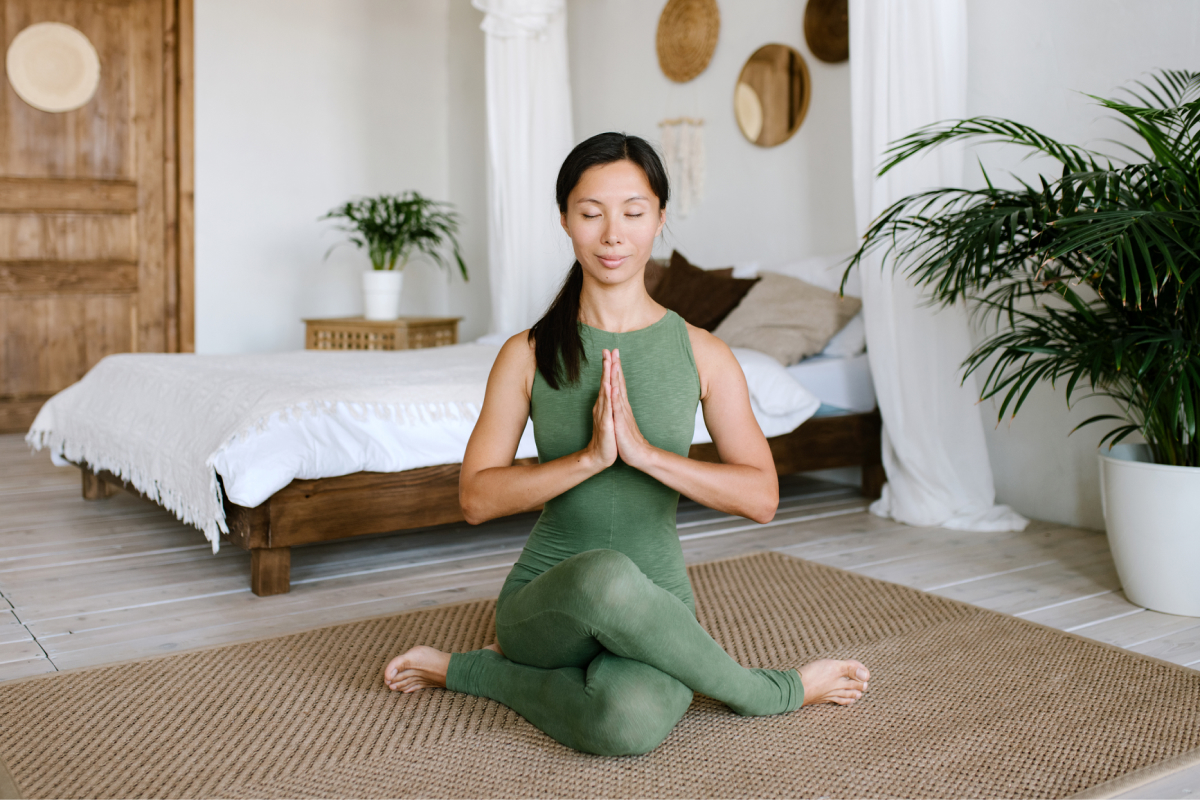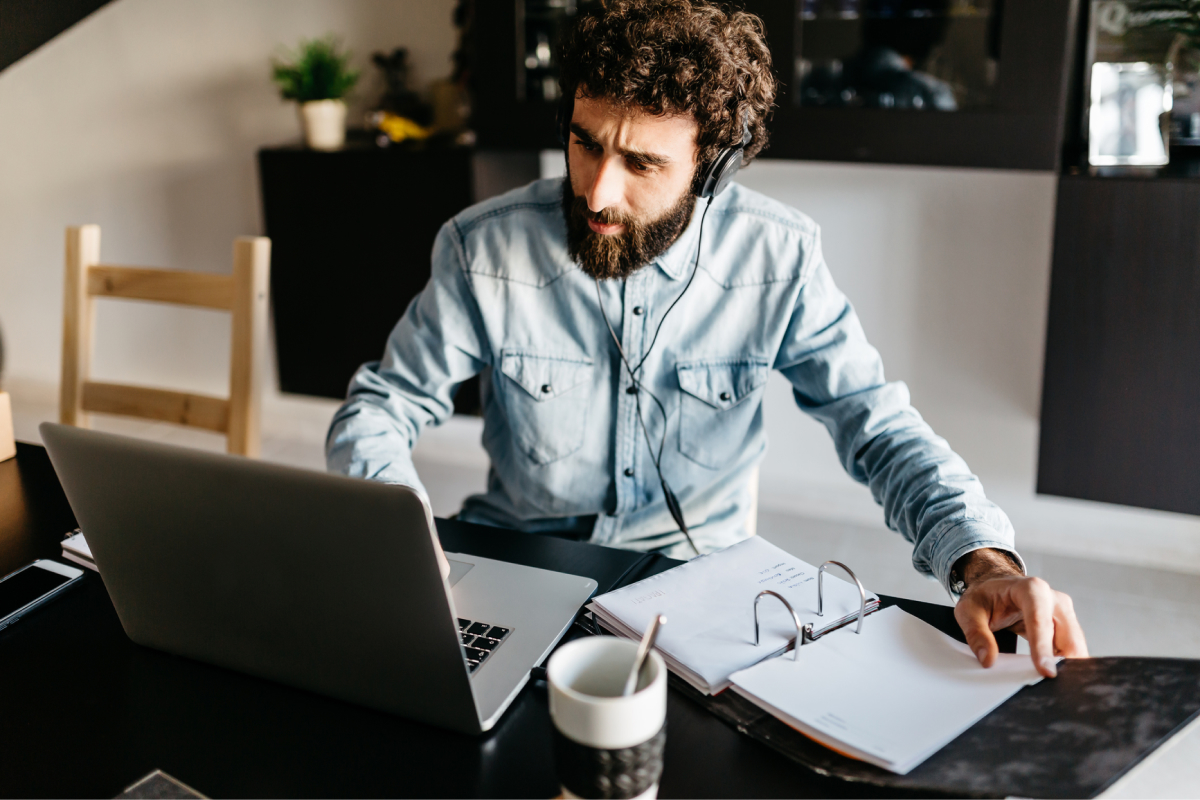Article
How to design the perfect day routine
Establishing a thought-out daily routine helps you manage how you spend your time and energy. This not only maximizes productivity, but also ensures your schedule aligns with your bigger goals.

Establishing a thought-out daily routine helps you manage how you spend your time and energy. This not only maximizes productivity, but also ensures your schedule aligns with your bigger goals — for example, thriving at work, taking care of your body and spending time with your family and friends.
Daily routines are all about establishing habits; habits wind up having a huge impact on your well-being, since they ultimately determine how you use the 24 hours available to you each day.
When designing your own routine it’s useful to take into account when you as an individual feel most productive versus most in need of down time. Factoring in your “productivity ups and downs,” in other words using your circadian rhythm to organize your time, will help you to maintain focus and produce your best work with less exhaustion.
If you want to form beneficial habits, prevent burnout, stay motivated and maintain a balance of leisure and work (and who doesn’t?), then creating an organized, daily routine that aligns with your body’s natural rhythms is a must.
Morning Routine:
What time should you wake up? This depends on your unique biological clock. We all have different sleep patterns and peak periods of rest and productivity, so one wakeup time isn’t necessarily best for everyone.
Your sleep-and-wake cycle is also called your circadian rhythm, or your “internal clock” which is based on fluctuating levels of different hormones including cortisol and melatonin. Your circadian rhythms affects your energy, mood, focus and even appetite throughout the day. You can help regulate your internal clock by getting up around the same time each day.
Upon waking up in the morning, one of the first things to focus on is your mindset, as well as what’s most important to you and urgent that day.
The morning is the perfect time to follow a routine that begins with filling in your planner and to-do list.
This keeps you and anyone else that you’re responsible for, such as your kids or family, organized so that nothing that needs your attention gets overlooked.
- Take several minutes to write down key things you want/need to accomplish that day.
- Be specific, such as by setting a time in which you’ll complete these tasks.
- If there’s essential tasks that you need to complete before leaving the house, such as feeding pets or household chores, do those now.
- Other healthy habits to establish during the morning include: drinking water, taking supplements and getting some sunlight exposure (which wakes you up).
After you’ve set up your schedule for the day, focus on cultivating a clearheaded, positive mindset.
Take several minutes to sit quietly, or to meditate, in order to calm your mind and improve concentration. Try letting go of what happened the day before and viewing the current day as a “fresh start.”
You can also fight off stress in the morning by practicing gratitude, which can simply involve bringing to mind several things you appreciate in your life, or journaling about things you’re grateful for. Visualization, brief reading and reciting affirmations in the morning can also be useful for this purpose.
Once you’re feeling grounded, consider if this is either the best time to do something active, such as exercise, or to begin work if you tend to feel most concentrated in the morning.
For some people, focus and creativity are the highest in the morning before distractions get in the way. For others, physical movement in the morning is most beneficial because their motivation for exercise may be lower in the afternoon or evening.
If you’re the type who thrives off of early exercise, then either head to the gym or a fitness class, or simply do some type exercise at home such as yoga, a body weight circuit, taking a walk outside, etc. Try scheduling in daily exercise for 30 to 60 minutes if possible.
If you prefer to use your morning energy for work endeavors, then carve out about 1 to 2 hours to do uninterrupted work. Aim to get the most essential tasks done first. Knowing that they are out of the way will lift your mood.
The best time to eat breakfast depends on personal preference; some prefer to wait several hours upon waking to build up an appetite, while others prefer to eat earlier. No matter which time you eat, aim to eat protein and fiber/healthy carbs to boost alertness.
Midday Routine:
After the morning is over, it’s common to feel a lull in energy. Most people can concentrate and work efficiently for about 60 to 90 minutes, but need a break afterwards to relax and give their mind a rest.
Try doing something calming for a few minutes after a period of intense focus, such as sitting quietly, listening to music or taking a stroll outside.
After a quick mental break you can move on to less intense tasks like answering emails, organizing your work space, or other errands.
If you have the time and energy to exercise midday, and didn’t do this during the morning, this would be a good time to get up and moving.
When it’s time for lunch, emphasize balanced meals that aren’t too heavy or high in sugar. A combination of complex carbs (such as veggies or whole grains), protein and healthy fats (like nuts or olive oil) is best for filing you up and keeping your energy high.
Following lunch, aim to have another productive 1-2 hour stretch to complete more work or chores. Refer back to your to-do list to see which items still need your attention.
Night Routine:
When your work day is complete and it’s time to head home, make a point to step away from work obligations as much as possible in order to truly relax and recover. Try to refrain from even thinking much about work, as well as watching anything distressing like the news.
Your leisure time when you’re not working should be focused on doing relaxing activities that bring you joy, as well as preparing for the following day.
For people who prefer to exercise at night, this is the best time to do so (before dinner).
If possible, enjoy a healthy dinner with people who’s company you enjoy. Try to focus on the experience and eat while undistracted for the most benefits. Just like with lunch, aim for a balanced meal that isn’t too large or lacking nutrients, since heavy meals at night can disrupt your sleep.
While it’s tempting to end the day with a relaxing glass of wine or beer, too much alcohol (more than 1-2 servings for most adults) can hinder a good night’s sleep, setting you up for fatigue the next day. Alcohol disrupts what’s known as your sleep architecture, so it can cause you to toss and turn thought the night, so be sure to limit how much you have.
After dinner is a good time to unwind with some TV or a book, and then to prep for the next day: layout your clothes, pack lunches, clean up your home, meal prep, etc.
Two to three hours before heading to bed, ideally try to avoid using electronic devices that emit blue light, including your lap top, tablet, phone and TV. Blue light exposure can make you feel lert and hinder your ability to fall asleep. To help you feel sleepy, use a dim yellow light in your home, since bright lights can make it harder to feel drowsy.
Use the very end of your day to practice a night time routine that focuses on relaxation and winding down.
Activities that can help you do this include: reading something calming or inspiring, journaling (and perhaps thinking about things that did and didn’t work with your schedule that day), meditation, taking a warm shower/bath, something creative like painting, going for a slow walk, stretching or games/activities like puzzles.
Be strict with yourself about getting to bed on time in order to clock in 7 to 9 hours of sleep each night. This is the amount that most adults need to function optimally, both physically and mentally.
How Paced App Can Help You Determine Your Routine
Paced is an app that uses a three-process model of alertness to calculate your circadian productivity zones. It relies on a bio-mathematical model that has been developed for pilots, machinists, and other hazardous area operators who need to gauge their level of focus throughout the day in order to do their jobs safely.
For an accurate calculation of your circadian rhythm, you need to enter your sleep data into the app, such as when you wake up easily in the morning (preferably without an alarm) and fall asleep in the evening.
The app will use data from five days (duration, bedtime and wake-up time) to calculate your productivity fluctuations throughout the day in order to help you schedule blocks of time deviated for work and rest.




